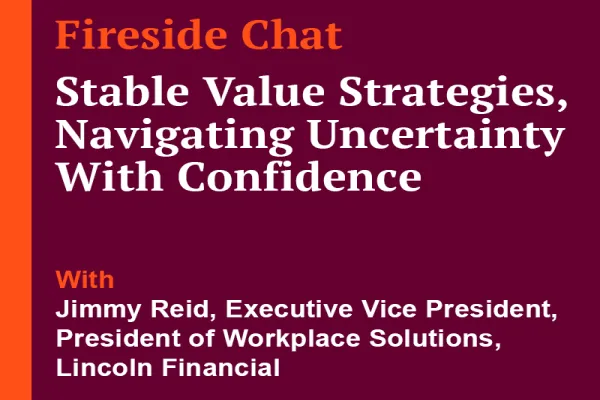Norges Bank Investment Management, the arm of the Norwegian central bank responsible for managing the $560 billion government pension fund, is out to make the companies in its portfolio more water-conscious. “We’re going to be an investor in these companies and in these sectors for decades to come,” says Anne Kvam, global head of ownership policy at NBIM. “If these risks related to water are not handled, the companies will have a problem, and then we will have a problem.”
Last year, NBIM released a list of expectations of how its portfolio companies should address water-related risks like scarcity and pollution. The list urges them to develop clear and transparent water management strategies, analyze their water footprints and risks and take preventive and corrective action.
At APG, a Dutch pension asset manager with $400 billion under management, head of sustainability and governance Claudia Kruse helps portfolio managers understand water risk and make investment decisions around it. Because it’s a relatively new concept for most investors, Kruse admits, the tools and information are often lacking. “While there is some data on water performance provided by companies, a lot of that is still patchy and inconsistent,” she says.
But the tide appears to be turning. Various groups are rolling out initiatives and products that seek to raise awareness, promote standardized reporting and help investors tackle this complex environmental risk.
The Carbon Disclosure Project — a London-based nonprofit that has worked to standardize and publish major corporations’ disclosures of greenhouse gas emissions since 2003 — launched CDP ?Water Disclosure last year. When CDP sent its first water questionnaire to 302 of the world’s largest and most water-intensive companies, 137 institutional investors representing $16 trillion in assets signed the letter. This year the number jumped to 354 investors representing $34 trillion.
Bloomberg New Energy Finance is developing a water information product that will pull together supply and demand models, water data and news and briefings on water scarcity to help subscribers uncover the water risks in their investments. It should be up and running by September, says Dimitra Christakou, Bloomberg NEF’s London-based head of water insight services.
Investors tend to think of water risk like carbon emissions. That’s a big mistake, says Piet Klop, a senior fellow in the markets and enterprise program at the Washington-based World Resources Institute. “Water’s very local,” Klop says. “Where you are matters, and so does the quality of the water. Water is infinitely more complex, and that makes it a lot harder for investors to get their heads around.”
WRI has partnered with General Electric Co. and Goldman Sachs Group to develop a free online tool called Aqueduct. A water risk atlas, the software aggregates comprehensive data collected from sources such as NASA and Coca-Cola Co. into maps whose red patches show limited water supplies.
The tool’s first layer is a global map of high-risk areas; the second will eventually provide details on ten water-stressed regions, among them China’s Yellow River basin and the Colorado River basin.
“If as an investor you’re looking at a company that turns out to have a concentration of its assets or suppliers in high-water-risk areas, you may want to take that into account and ask that company what they’re doing about it,” Klop says. “A lot of companies are making efficiency improvements for show, in a way that makes no economic or environmental sense.”
Nushin Kormi, a vice president in Goldman Sachs’ environmental markets group, says it is important to bring some clarity to water risk. “When we look at the issues surrounding climate change, we see a lot of work being done on carbon, but not as much has been done on water,” notes Kormi, who coordinates Goldman’s involvement in the Aqueduct project. “But water is one of the potential risks our clients are exposed to.” • •






